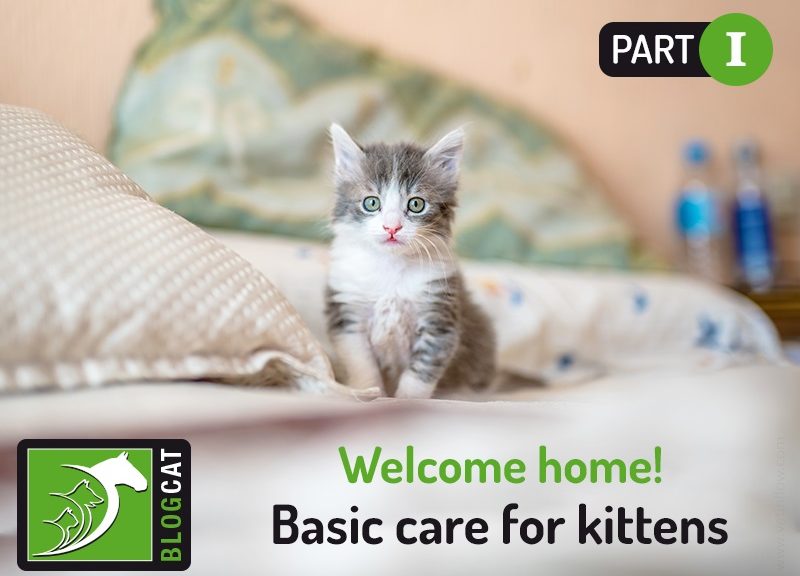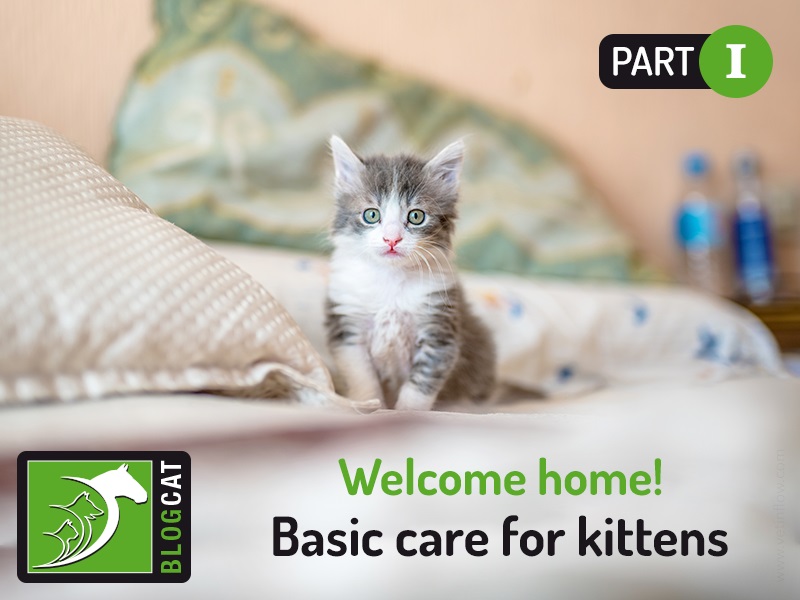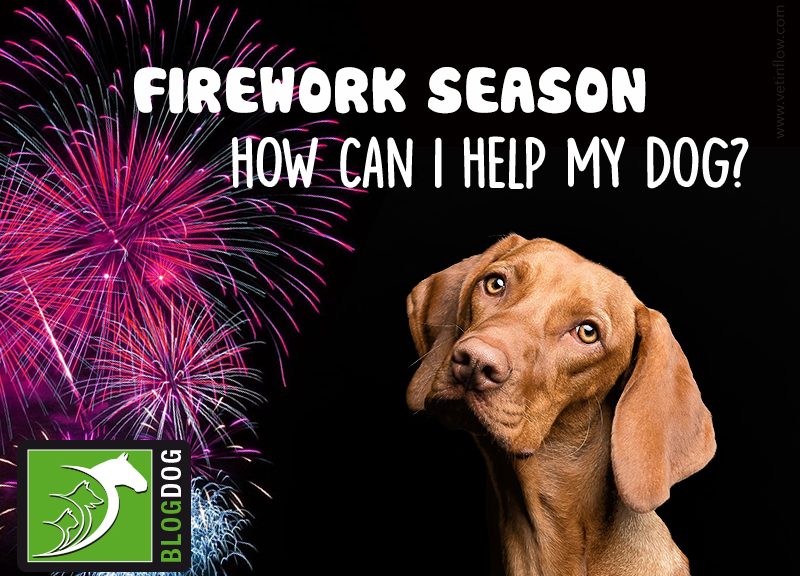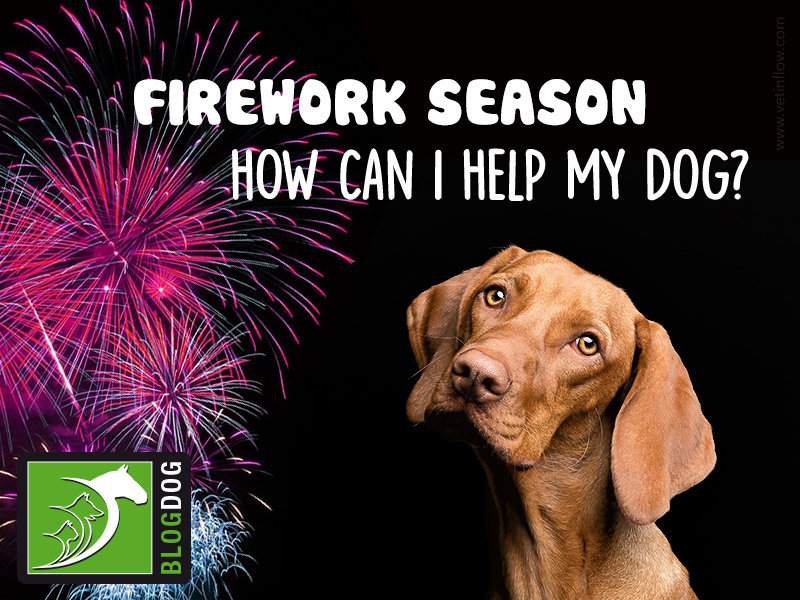Getting a kitten is a time of joy and excitement, but it also comes with great responsibility! With that in mind, we have put together some information to help you prepare for the new arrival!
Choosing a kitten
Kittens have different characters: some are quiet and enjoy napping on your lap, others are more extroverted and love the animation of a busy household. If possible, choose a kitten with a personality that will fit your lifestyle and that you think will feel comfortable in your usual home environment.
Home preparations
Before you bring your kitten home, there are some things that you must prepare in advance. And if you have or are planning to have more than one cat, make sure each cat has their own resources to avoid conflicts between them.
Step #1: Kitten-proofing
Yes, you read correctly, kitten-proofing exists. It is pretty much the same as baby-proofing but adapted for kittens! Without going into too much detail on this topic, we leave you a few examples:
- All medication must be safely put away so that the kittens can’t get to it;
- Tiny spaces where the kittens can get stuck while exploring should be sealed;
- Windows should remain closed or adequately fenced with wire mesh to avoid accidental falls and getaways.
Step #2: Make them a place of their own
Make sure you prepare a space that feels comfortable and secure for your kittens. Even though they will probably want to hang out with you most of the time, they should have a special place of their own to go when they feel like being alone or want to rest undisturbed. Remember that a sound sleep is vital for growth and proper development! You should also provide places to hide in case they ever feel scared and need a secure place to escape and to make playtime even more fun!
Step #3: Feeding area
Cats are well known for being picky when it comes to… Well, basically everything, but this becomes even more evident when it comes to eating.
Cats don’t like to eat and drink at the same place. It goes against their instinct as in the wild, food is usually a decomposing carcass that would contaminate nearby water.
Cats also don’t have a natural tendency for drinking much water. You can encourage their drinking behaviour by having multiple sources of fresh water throughout the house.
If possible, their food and water bowls should be made of glass or metal, as plastic keeps unwanted scents even after thoroughly washed, and wide so that the edges won’t touch the whiskers.
Some people also tend to have the toileting area near the feeding area to keep everything close together and easily accessible for their cats. But if you were going out to eat at a restaurant, you wouldn’t like to seat at the table next to the restroom, and neither does your cat!
Who would have thought so much science was behind a simple meal?
Step #4: Toileting area
Keep it simple, clean and away from the food, and you won’t have problems!
The toileting area should be placed in a secluded, quiet corner where your kittens can do their business without being startled or interrupted.
Studies have shown that cats prefer open litter trays with plain, unscented litter. Faeces and urine should be removed daily, and you should replace all the litter, clean and disinfect the tray at least once a week.
If you have more than one cat in your household, the golden rule is that you should have a litter tray for each cat and an additional one just in case.
Step #5: Environmental enrichment
Try to make your kittens’ new environment as close as you can to their life in the wild, and they’ll grow into happy, healthy, confident cats.
- Provide toys and encourage playing to simulate hunting.
- Cat trees and other tall structures they can climb and perch on are a great way of giving them vertical territory to observe prey.
- And don’t forget to add some scratching poles for claw maintenance and territory marking, otherwise, your furniture and curtains will be the things that suffer!
Taking your kitten home
Keep in mind that you’re taking the kittens from the place where they’ve probably been their whole life and, as you can imagine, this can be a cause of great distress. To try to minimise this stress, you can put a familiar smelling item in the carrier or use a pheromone spray to help create a feeling of calm and security for your kittens.
First impressions
They’re finally home!
To make your kittens’ transition to their new home go as smoothly as possible make sure you let them do things at their own pace. Start by showing the kittens the room you’ve prepared for them. Let them explore freely. If they feel like hiding, be patient and don’t force them to come out. They will, eventually, when they feel ready. Make sure they know where the feeding, drinking and toileting areas are placed. When they feel comfortable, let them get acquainted with the rest of the house.
It is essential to remember that all introductions must be done gradually, with patience, and preferably one thing at a time, whether it’s an object, another pet, or other people.
Stay tuned for part II, where we’ll cover health, hygiene, socialisation, playing, training and more!
<a href=”https://www.thepetprofessionals.co.uk/courses/feline-courses.php”>Would you like to know more about cats? Check our Feline Courses:
<div class=”col-xs-6 col-sm-2 col-md-2 paddingLeft0 “><img style=”max-width: 100px;” src=”https://www.thepetprofessionals.co.uk/images/courses-icons-feline.jpg” width=”100%” /></div>
<div class=”col-xs-6 col-sm-10 col-md-10 paddingLeft0 “>
<h2>Feline courses</h2>
</div>
</a>



